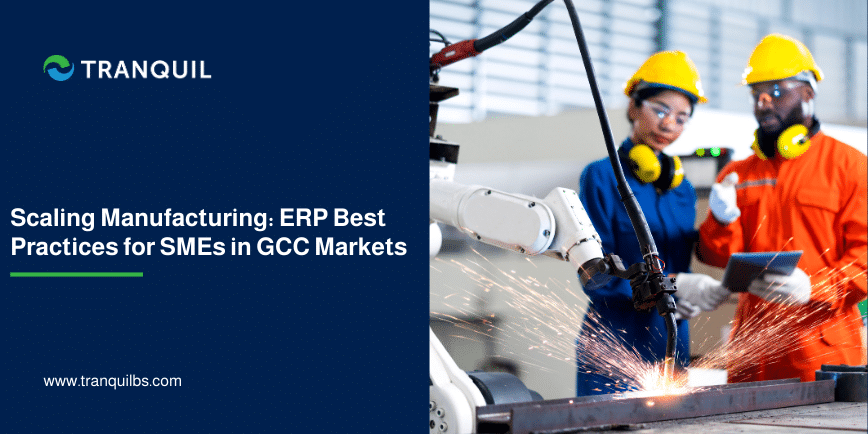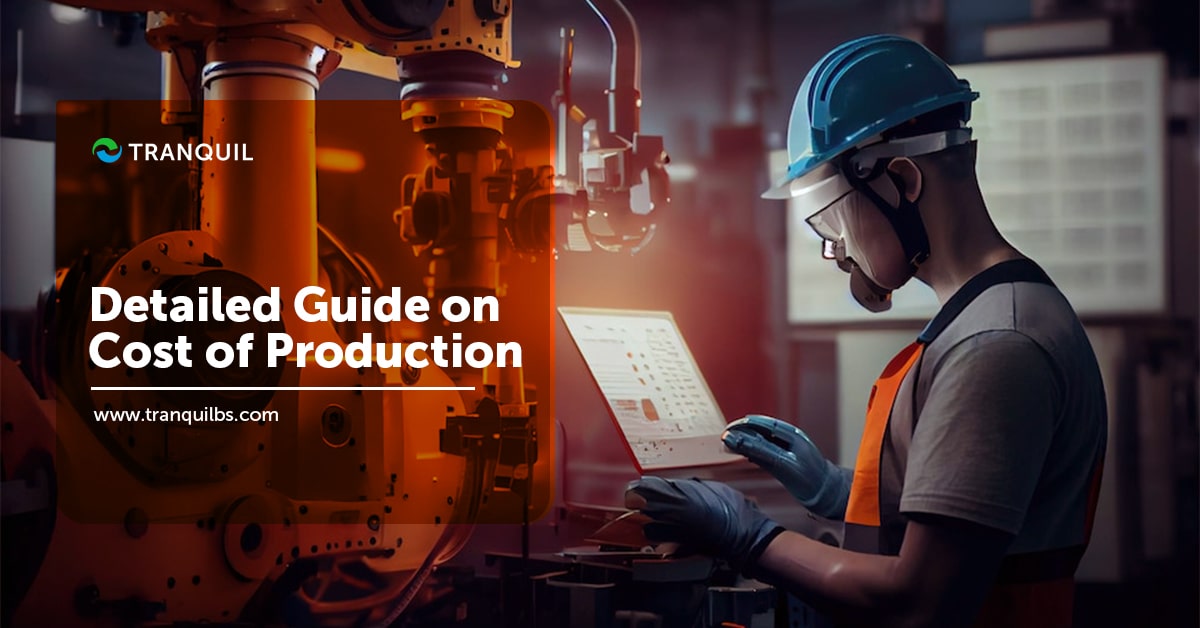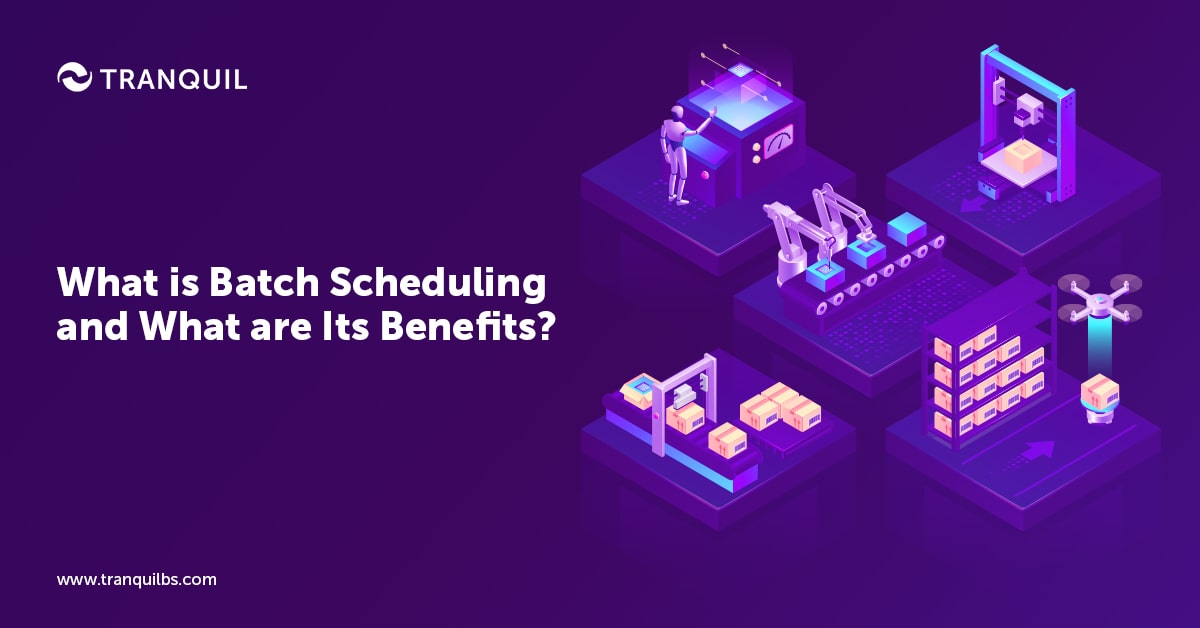
Scaling Manufacturing: Best ERP Practices for SMEs in the Gulf
In recent years, Gulf countries have taken major steps toward industrialization in alignment with their ambitious economic visions. These visions aim to diversify income sources and reduce reliance on oil, as it is a non-renewable resource that will eventually deplete. Consequently, boosting the industrial sector became a top priority for a healthy economic transformation.
However, during the journey of developing manufacturing capabilities, Gulf countries faced several challenges—chief among them were fluctuating demand and controlling production costs. Here emerged the need for ERP systems as a powerful digital solution, enabling efficient management of operations through features like Make to Stock (MTC), Make to Order (MTO), Bill of Materials (BOMs), and smart production scheduling. These aren’t just features; they are essential tools to overcome real industrial challenges.
The Role of ERP in Industrial Growth
The secret behind ERP’s power is integration—it’s the core of what makes ERP transformative. In the manufacturing context, ERP connects all departments such as production, inventory, maintenance, quality, and procurement. Below are the key roles ERP plays in industrial environments:
- Inventory Management: ERP enables precise tracking of stock levels. Any shortages are reported instantly—preventing critical supply gaps, especially for parts and raw materials. It also helps reduce storage costs and increase operational efficiency.
- Supply Chain Tracking: ERP systems can track production beyond the factory floor, linking internal data (production, inventory) with external data (shipping, delivery), reducing errors and delays.
- Scheduled Maintenance: Integrated with CMMS units, ERP tracks machine maintenance, enabling predictive servicing. This extends equipment lifespan and reduces unexpected breakdowns.
- Production Quality & Safety: ERP ensures safety and quality standards are embedded into production workflows. If a defect is detected, the system can halt the process or reject the batch—protecting brand reputation and customer trust.
- Procurement Management: The system compares suppliers by price and delivery times, helping companies select the best vendors with data-driven decisions.
- Human Resource Planning: ERP examines shift schedules, attendance, and compares labor costs with productivity—ensuring fair wages and transparency.
- AI-Driven Forecasting: With AI, ERP can generate predictive insights to optimize decision-making and productivity.
- Faster Decision Making: ERP provides real-time dashboards that consolidate data from all departments, helping managers act decisively and with confidence.
- Reduced Human Error: ERP automates repetitive processes, aligning production workflows and minimizing manual mistakes.
Core Manufacturing Strategies: MTO vs. MTC
To maximize profitability and reduce risks, manufacturers often adopt two key production strategies. ERP plays a crucial role in executing both with accuracy:
1. Make to Stock (MTC)
This strategy produces goods in advance of actual demand and stores them in warehouses. While this can feel like a gamble—due to unpredictable demand—it ensures fast delivery, which is critical in many industries like seasonal fashion.
Risks:
- Overproduction = storage costs + wastage
- Underproduction = missed revenue opportunities
Benefit: Rapid fulfillment—ideal for businesses where delivery speed is a competitive advantage.
2. Make to Order (MTO)
Production only begins after a customer place an order. This reduces excess inventory and saves on storage, but comes with longer lead times.
Ideal for:
- Custom-built products like aircraft or heavy machinery
- High-cost production where excess stock is financially risky
Key ERP Benefit: Ensures materials, scheduling, and workflows are aligned with customer-specific specs.
What Are Bills of Materials (BOMs) and Why Do They Matter?
BOMs are like detailed recipes for manufacturing. They list materials, quantities, production steps, and required tools. For example, to produce a water pump under a warehouse production model, ERP integrates the following steps:
Example BOM:
- Materials: 4 stainless steel plates, 3m steel pipe, 5HP motor, 500g bolts, control panel, anti-rust paint
- Steps: Cutting > Welding > Electrical assembly > Painting > Testing > Packaging > Storage
The ERP system automatically allocates inventory and updates stock as materials are used—minimizing waste and delays.
Benefits of BOMs:
- Reduce errors and ensure consistent quality
- Optimize cost by ordering exact quantities
- Improve traceability for QA
- Enhance delivery accuracy
Smart Production Scheduling
Smart scheduling involves creating detailed production timelines for machines, materials, and labor to maximize factory output and minimize costs.
Unlike traditional methods, smart scheduling relies on real-time, data-driven inputs. Integrated with ERP, the schedule reflects everything from HR availability to machine status and order deadlines—no guessing.
This results in:
- Lower operational costs
- On-time delivery
- Efficient use of factory capacity
ERP Implementation in Gulf-Based Factories
Let’s use a cement and ready-mix concrete factory as an example to explain how ERP should be deployed:
Implementation Steps:
- Analyze current operations: Evaluate equipment status, raw material storage (limestone, sand, clay), and finished product logistics.
- Choose the right ERP system: For small setups, start with a modular or cloud-based ERP for remote access.
- Integrate departments: Production, quality, and finance must all sync with the ERP.
- Train staff: Conduct hands-on ERP training sessions for smoother adoption.
In capital-intensive industries like manufacturing, ERP offers a strong return on investment. In the context of the Gulf’s evolving industrial ecosystem, ERP isn’t just helpful—it’s essential. It empowers local manufacturers to overcome legacy challenges and compete globally with confidence



